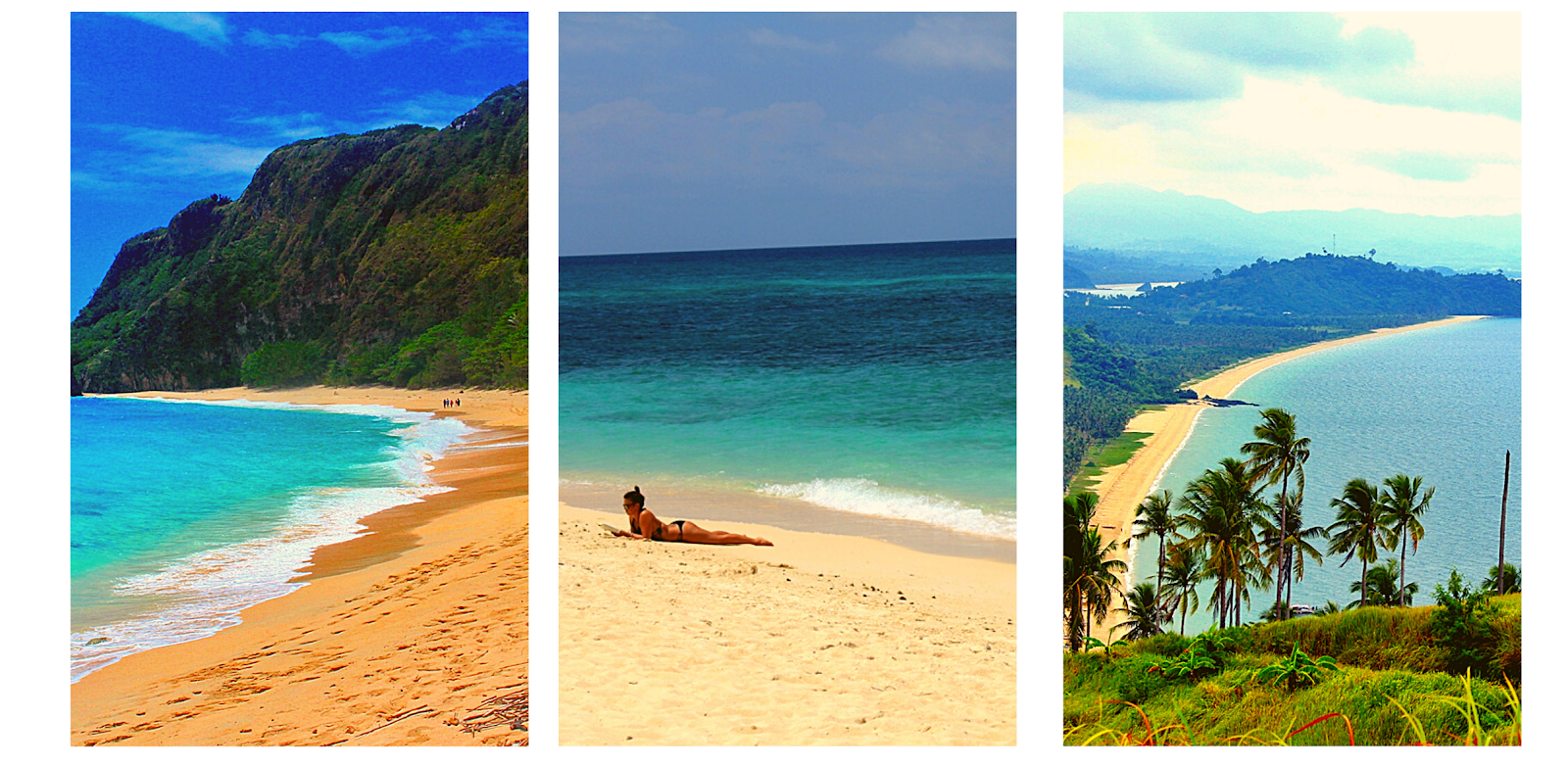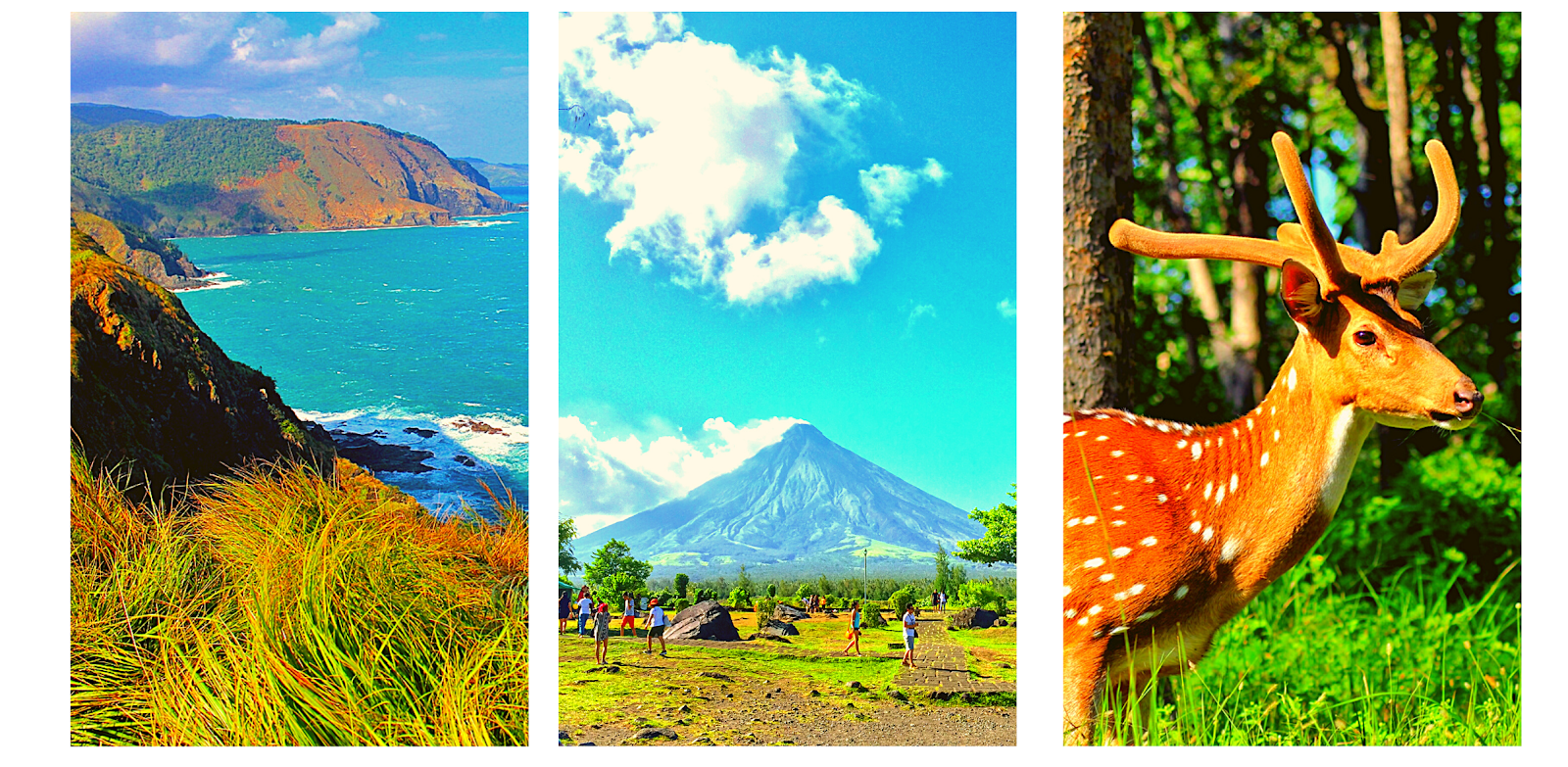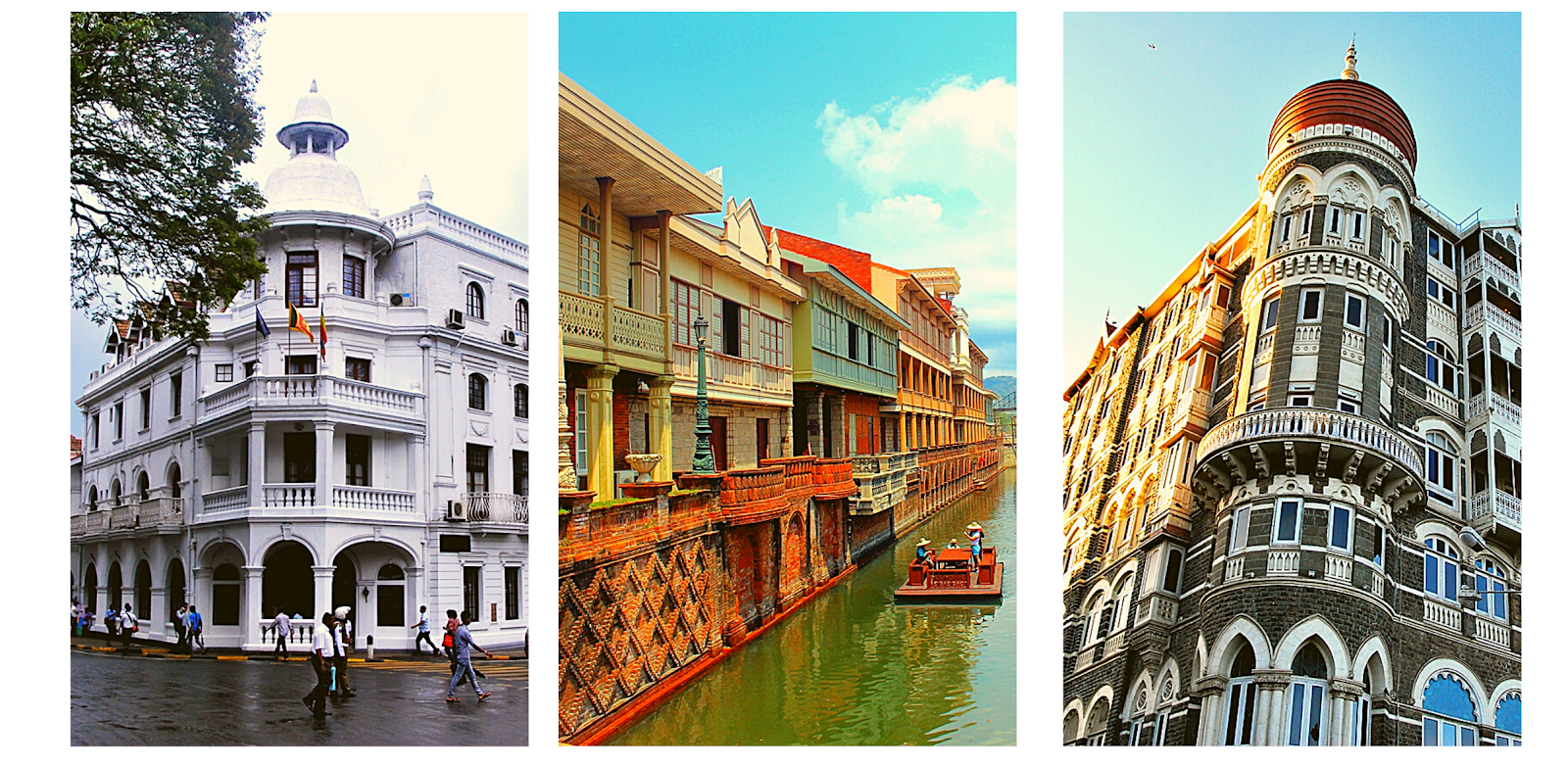Backpacking is an
adventure of a lifetime where you are left on your own, with nothing but the
essentials on your back. Before you pack the gear, consider where you want to
go, and for how long, check the weather forecast and explore how far you’ll
travel.
Packing the
essentials is crucial for having a smooth hiking or camping trip, so make sure
you are prepared for emergencies. For that purpose, we’ve put together a list
of gear items to ease your struggle and concern. We strongly recommend you read
through the list and always rely on a thorough backpacking checklist to make sure you are
well prepared for a pleasant and safe trip into the wild.
Our list below
features some of the basic backpacking items you need to stay safe outside. Let’s check
them out!
Sleeping Items
Backpacking trips usually last more than a day, so you need to be prepared when it comes to sleeping arrangements. Staying cozy and warm while outdoors during Iceland winter tours for example is important for your journey. The essential sleeping items are sleeping bags, backpacking sleeping pads, tent, and hammocks. The sleeping bag reduces the heat loss due to its layered construction of synthetic or down fill.
Sleeping Bags
Since sleeping bags need to be breathable, they don’t protect against snow, wind, or rain. Packing a lightweight sleeping bag is a life-saving hack so you can travel lighter and hit the road faster. Types of sleeping bags include:
-
Mummy sleeping bags;
-
Quilts; and
- Wearable sleeping bags.
Sleeping Pads
Sleeping pads, on
the other hand, tend to reduce heat transfer between the ground beneath you and
the bag. It’s recommended you take one so you can stay warmer and cozier during
the night.
Tents
The tent provides
shelter against environmental elements like wind, rain, or snow. It can also
protect you from bugs and uninvited animals. Tents acquire additional warmth
and are the most comfortable shelters for outdoor journeys. Types of tents include
double-wall tents and single-wall tents.
Hammock
Lastly, a hammock
can be used in warm weather as an item for sleeping. The hammock can be
positioned between trees or anywhere you find a firm ground for assembling it.
It’s a pretty light item that needs to be on your list!
Maps and Other Navigation Devices
One of the most important items when going backcountry is a map. Or any navigation device like an altimeter watch, compass, personal locator beacon (PLB), or a GPS. The map will help you stay on track and show you the most visited trails.
The compass is handy if you get lost or
disoriented. Nowadays phones have built-in compasses, however, it’s handy that
you pack a traditional, baseplate compass. A personal locator beacon is a
gadget used in emergencies and is a form of a satellite messenger. In case you
get stranded in the middle of nowhere or you need emergency help, you can
activate the PLB and send a signal for help.
The altimeter watch
is an extra navigational device that can be useful to measure air pressure or
give a GPS estimate of your location so data can be used to calculate the
elevation levels. While the GPS will accurately display your location and is
specifically built for outdoor travels.
First Aid Kit
A first aid kit is essential if you are hitting the trails. It’s even more important to know how to use these items in case you need an adhesive bandage, disinfect a wound, or take care of blisters. Furthermore, it’s recommended that you carry an emergency shelter for unpredictable situations like getting injured or stranded on the trail.
Sun=Protection Items
It’s safe to say
that you need to stay protected during the entire journey outdoors. Failing to
do so, will result in sunburn and potentially increased skin damage in the long
run. Some of the items you can pack to be safe are sunglasses, sunscreen, and
lightweight clothing. If you are planning on hitting the road for longer
periods, sunglasses are essential.
Additionally, you
need to limit the UV exposure by applying sunscreen with a formula of at least
15 SPF - sun protection factor. Clothing can also help you block UV rays, so
consider wearing synthetic clothes since it’s effective against the UVB and UVA
lights.
Clothes
We must say a word
or two in this guide regarding the essential gear items for backpacking. When
it comes to clothing, it’s pivotal that you wear clothes made of wool since it
wicks away the sweat. Your pants can be convertible shorts and if the weather
forecast announces rain, grab a jacket!
Additional items to
carry:
-
Wool socks;
-
Waterproof shoes;
-
Cozy pants or leggings;
-
Long-sleeve shirt; and
-
A hat or a beanie;
Side note: Make sure you pack accordingly since it will impact your backpacking experience!
Let's Pack
At the end of the
day, what’s important is for you to remember this journey and be prepared as
much as possible. For more information on backpacking tips, purchasing tips
regarding gear selection, or anything backpacking-related, feel free to check
our blog.



















